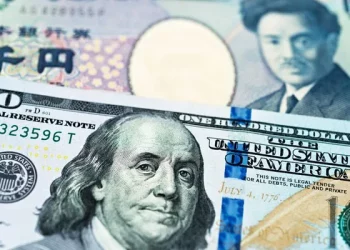Inflation refers to the phenomenon that prices rise continuously and generally for a period of time due to the fact that the real purchasing power is greater than the actual demand for money, that is, the real purchasing power is greater than the output supply, under circulation conditions.
It can also be simply understood that there are more notes circulating in the market, so money becomes less valuable, which leads to higher prices.
The rise here is the rise in the overall level of prices, not the prices of very individual goods or items.
The aggregate or general price level is a weighted average of the total prices of all goods and services traded.
This weighted average is the price index.
In macroeconomics, an economy is said to experience inflation when the prices of most goods and services in the economy increase generally in various forms (both explicit and implicit) over a continuous period of time.
According to this explanation, if the price of only one good goes up, it is not inflation.
It is only inflation if the prices of most goods and services continue to rise.
Economists have different explanations for inflation. Generally, economists agree on the concept that under the system, the amount of money in circulation exceeds the actual needs of the economy, which leads to the devaluation of the currency and the comprehensive and continuous rise of the price level.
Generally speaking, the circulation of paper money exceeds the amount needed in circulation, which causes the depreciation of paper money and the rise of prices. We call this phenomenon inflation.
The price rise in the definition does not refer to the price rise of one or several commodities or the temporary rise of the price level, but generally refers to the continuous and universal rise of the price level in a certain period of time, or the continuous decline of the value of money in a certain period of time.
Deflation refers to the decrease in the amount of money in circulation and the decline in purchasing power, which leads to the decline in prices and asset prices. The essence of deflation is that the total social demand is smaller than the total social supply.
Generally speaking, the harm may be greater than inflation, mainly reflected in the production and circulation links are not smooth, the price of major factors of production (wages, raw materials, etc.) fall, production enterprises are a dismal picture.
During the period of deflation, investment and financial management must be careful, mainly to protect capital.


























